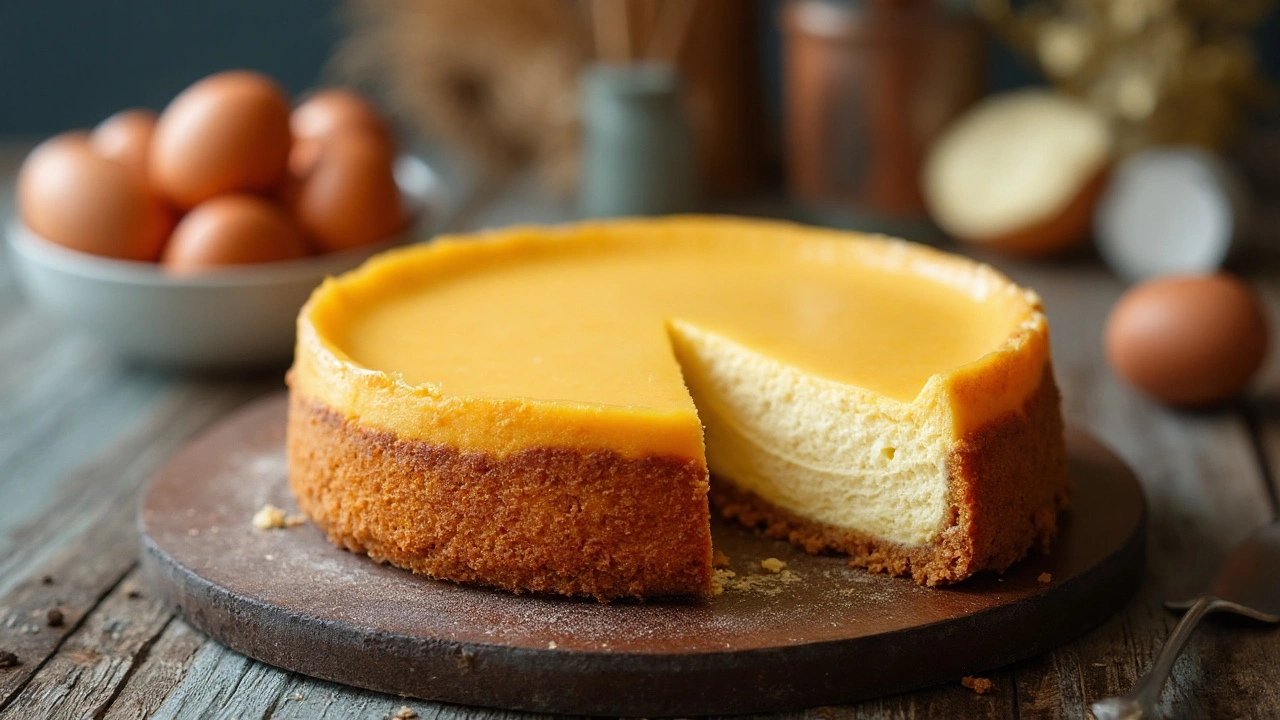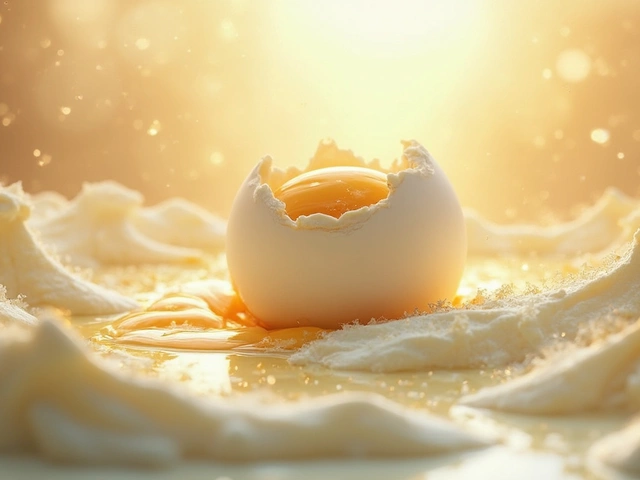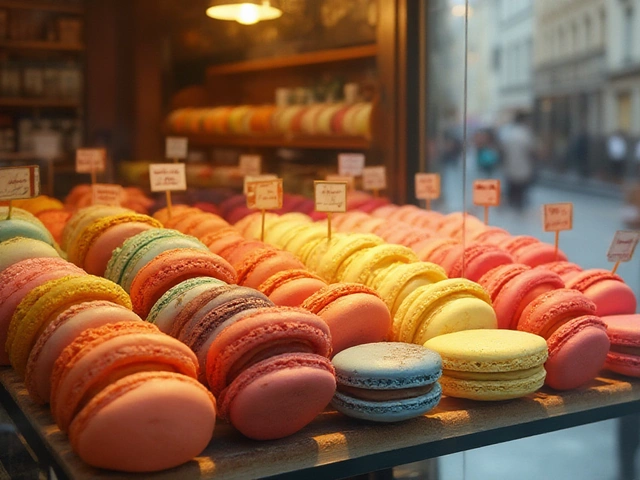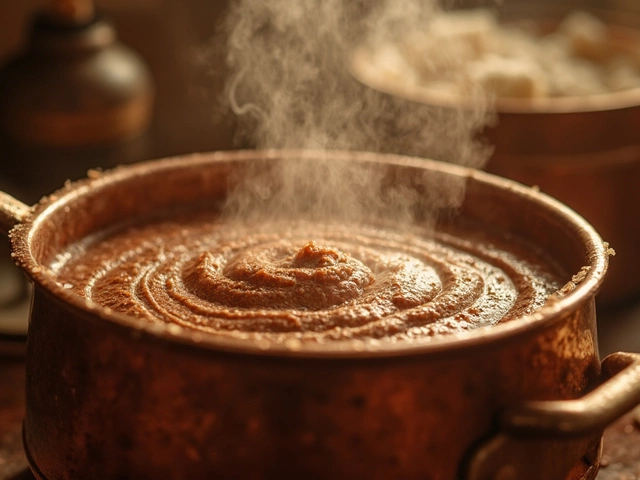Cheesecake without Egg: Simple Recipes and Handy Tips
If you’re avoiding eggs because of allergies, diet, or just ran out, you can still enjoy a rich cheesecake. The key is to understand what eggs do in a cheesecake recipe – they help bind the filling and add a little lift. When you swap them out, you need a substitute that does the same job without changing the flavor.
Why You Might Skip Eggs
Many people skip eggs for three main reasons: they’re allergic, they follow a vegan diet, or they’re cooking for guests who can’t eat them. Skipping eggs doesn’t mean you have to give up the creamy texture you love. By choosing the right alternative, you keep the custardy feel and avoid any grainy or watery results.
Best Egg Substitutes for Cheesecake
Silken tofu – Blend 1/4 cup of silken tofu until smooth for each egg you replace. It adds body without a noticeable taste.
Greek yogurt – Use 1/4 cup of plain Greek yogurt per egg. The extra protein helps the filling set.
Mashed banana – 1/4 cup of ripe, mashed banana works for one egg, but it adds a slight banana flavor. Good for fruit‑topped cheesecakes.
Commercial egg replacer – Follow the package instructions; usually 1 tsp of powder plus 2 tbsp water equals one egg.
Arrowroot or cornstarch slurry – Mix 1 tsp of starch with 2 tbsp cold water for each egg. It helps thicken the mixture during baking.
Pick a substitute that fits the flavor profile you’re after. For a plain cheesecake, Greek yogurt or silken tofu are the safest bets.
Now let’s walk through a basic egg‑free cheesecake recipe:
Ingredients
- 200 g digestive biscuits, crushed
- 80 g melted butter
- 400 g cream cheese, softened
- 150 g sugar
- 200 ml sour cream
- 2 eggs‑free replacements (e.g., 1/2 cup silken tofu blended)
- 1 tsp vanilla extract
- Juice of half a lemon (optional)
Method
- Combine the crushed biscuits with melted butter. Press the mix into the bottom of a spring‑form pan. Chill while you make the filling.
- In a bowl, beat the cream cheese and sugar until smooth. Add the sour cream, vanilla, and lemon juice, then blend in your egg substitute.
- Pour the filling over the crust. Tap the pan gently to release any air bubbles.
- Bake at 160 °C (320 °F) for about 45‑50 minutes. The centre should wobble slightly; it will firm up as it cools.
- Turn off the oven, crack the door, and let the cheesecake sit for 1 hour. This gradual cooling prevents cracks.
- Refrigerate for at least 4 hours or overnight before serving.
Tips to keep it smooth:
- Don’t over‑mix the filling. Too much air can cause cracks.
- Use room‑temperature dairy ingredients; they blend easier.
- If you notice the mixture is too thin, add a tablespoon of cornstarch dissolved in cold water.
- For a firmer texture, increase the sour cream by 50 ml.
Storing your egg‑free cheesecake is the same as a regular one. Keep it covered in the fridge and it stays fresh for up to 5 days. If you need to freeze, wrap it tightly in plastic and foil, then thaw in the fridge overnight before serving.
Whether you’re catering to an allergy or just experimenting, a cheesecake without egg can be just as delightful. Play with different substitutes, add your favorite toppings, and enjoy the creamy result without any guilt.

What Happens If You Skip Egg in Cheesecake? Tips for Perfect Eggless Cheesecake
Thinking of skipping the egg in your cheesecake recipe? Learn why eggs matter and how your dessert will change if you leave them out—plus easy fixes.
View More




